
Universidade Fernando Pessoa
Porto, Portugal

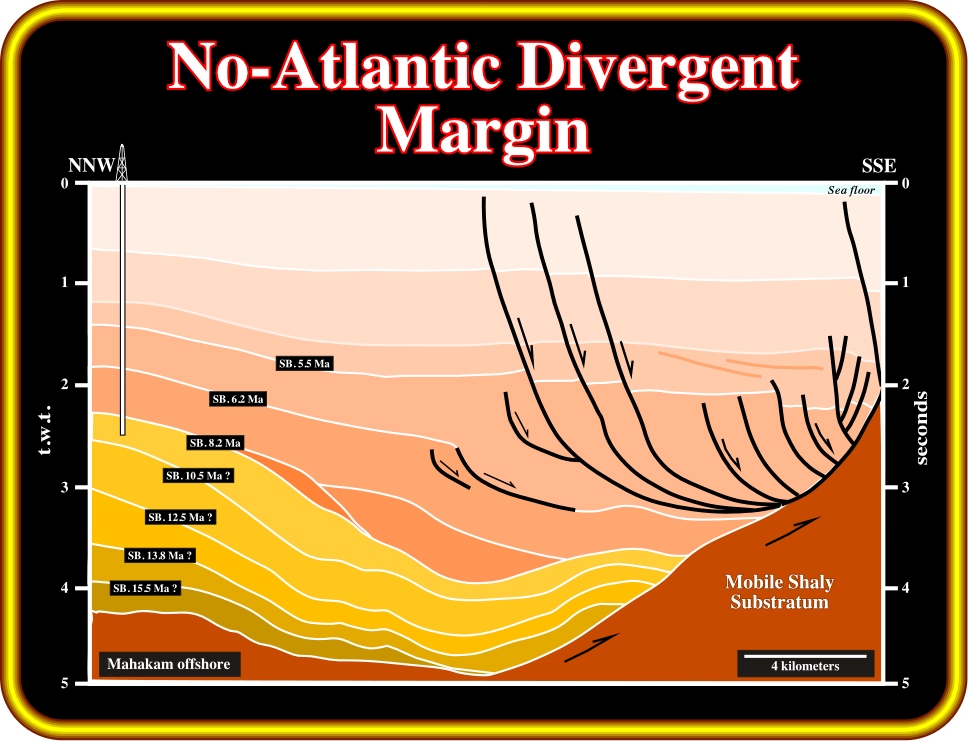
Abstract:
The classification of the sedimentary basins of Bally & Snelson, as well as all other classifications, does not allow geologists to predict the volume of hydrocarbon generated in each type of basin. Some basins (back-arc, pannonian, margins, etc.) have an excellent hydrocarbon potential, whereas others are generally unproductive. Nevertheless, the Bally’s classification being based on the Tectonic Plate paradigm and on the realm of subsidence, allows geologists to perform a pragmatic exploration. In such an exploration approach, explorationists go from the general to the particular (hypothetico-deductive) and not from the particular to the general (inductive). In other words, they do not reinvent the wheel. They are efficient and highly competitive using theoretical geological knowledge to make observations, particularly on seismic data. Actually, to solve the exploration problems geologists invoke a priori geological hypotheses on hydrocarbon parameters which, later on, will be tested by new observed data (seismic lines, wildcats, etc.). In the first part of the paper the authors invoke the principal a priori hypothesis used by TotalFinaElf’s explorationists on the prediction of the hydrocarbon parameters on Atlantic margins type and back-arc basins (without and with oceanization) in SE Asia. On the second part, they describe two hydrocarbon discoveries, which illustrate the impact of such a pragmatic approach in the discoveries and hydrocarbon habitats.
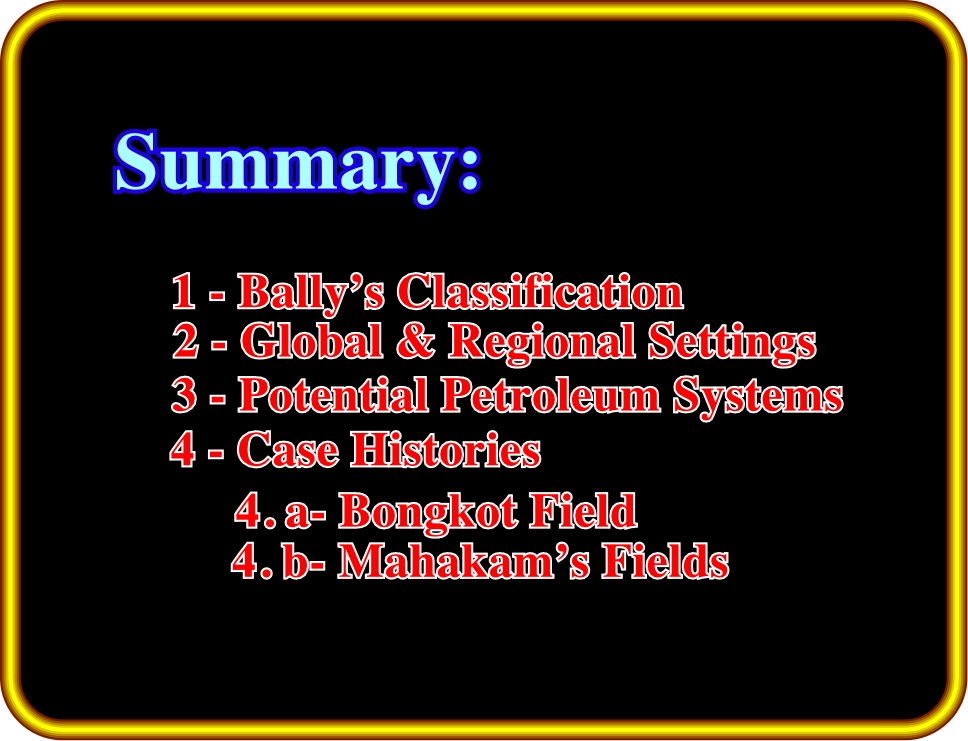
Plate 1- Explorationists have always been looking for global geological concepts which would relate directly to the quantity of hydrocarbon present in a given area. In the past decades, considerable changes occurred regarding basins understandings and classifications. It was the thought that this new perception of geology would bring some clue to answer to this critical question. Unfortunately, and we know why, it did not work: there is not a clear relationship between the type of a basin and the quantity of oil in the rocks. Nevertheless, it resulted in a new set of concepts, hypothesis and geological models which modified considerably in our Company, the approach of the oil and gas exploration. In the first part of our talk, we will try to show how the explorationists of Total’s group have used the classification of the sedimentary basins proposed by Bally & Snelson in the oil and gas exploration in SE Asia. In the second part, we will illustrate by two examples the relationships between the pragmatic exploration approach and two major discoveries worked out by Total.
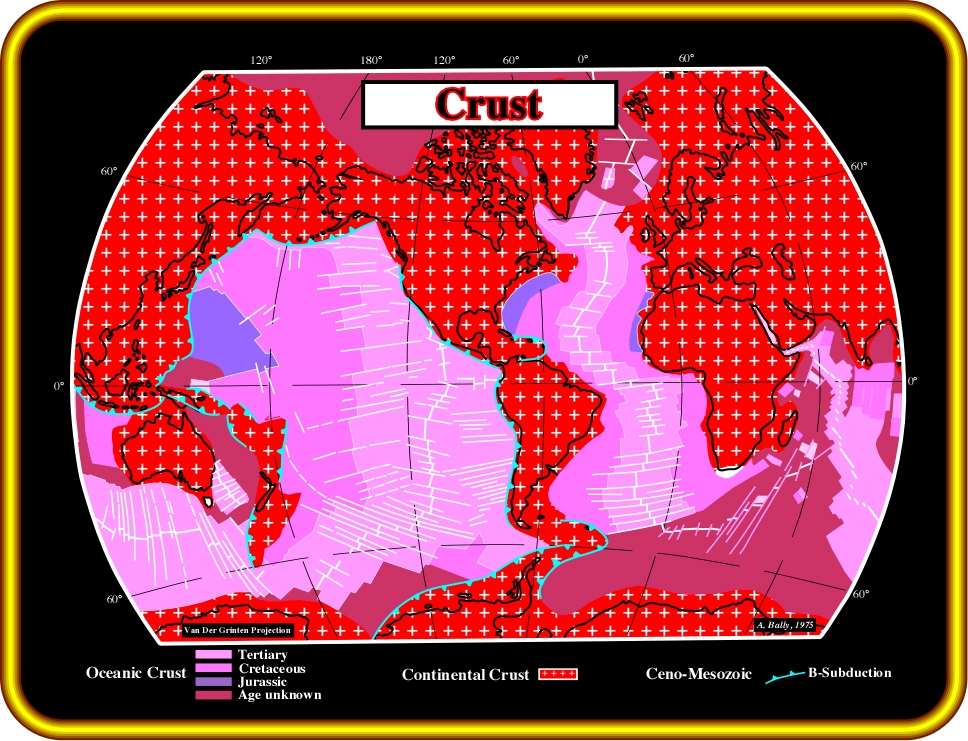
Plate 2- The classification of the sedimentary basins of Bally & Snelson has been over the last decade one of the basic reference in our inventory of new plays at world scale. This classification is based upon plate tectonics paradigm, that means crust type, realms of subsidence, tectonic regimes, megasutures, subduction zones, etc, etc. Consequently, the application of this classification in SE Asia, the area concerned by this presentation, starts by the identification of the nature and age of the continental crust, bordered to the South and to the East with oceanic crust (in red and pink) which plunges under the continental crust forming Benioff type subduction zones.
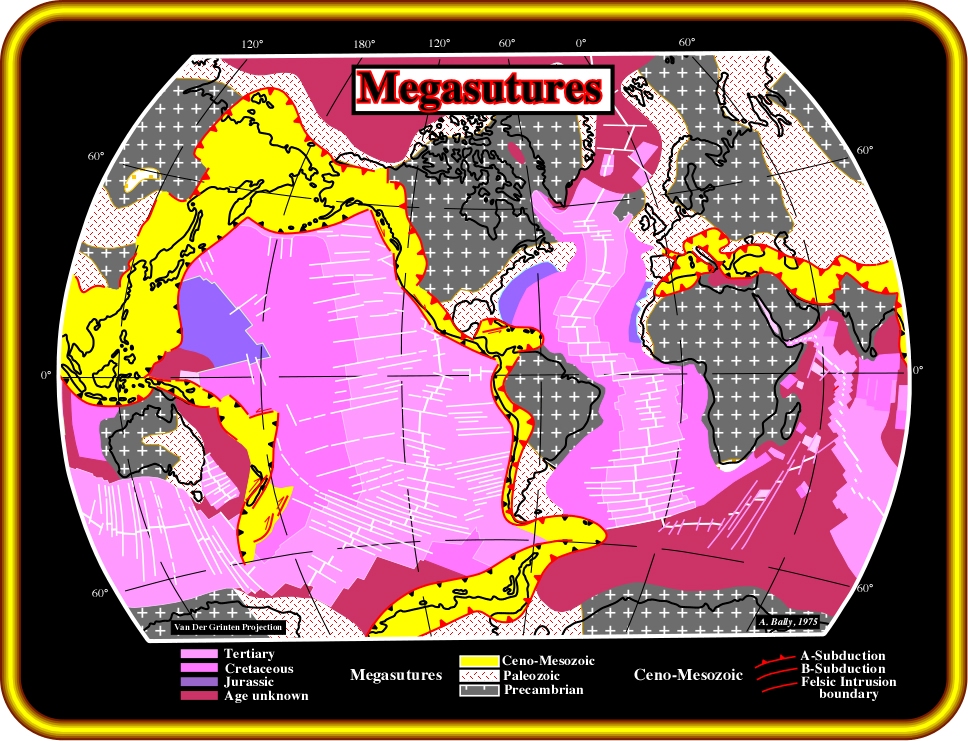
Plate 3- The areas between the subduction zones (Benioff and Ampferer) are called Megasutures in the classification. They are generally complex, folded and faulted, resulting in orogenic zones and a variety of sedimentary basins. According to Bally, the megasutures englobe all orogenic and igneous products posterior to the breakup of the supercontinents and the associated sedimentary basins. So, they represent the counter part of the oceanic expansion that took place during the same period of time. In our area, the western portion is located outside of the Meso-Cenozoic megasuture (shown in yellow) and the central part, which is more complex, within the megasuture.
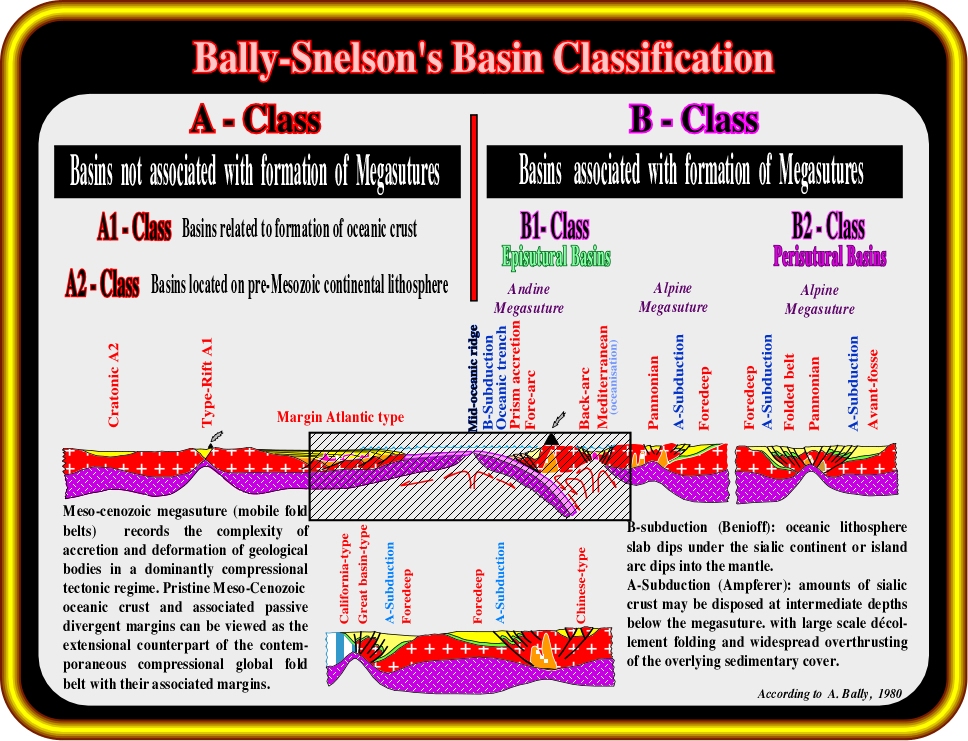
Plate 4- This plate illustrated the Bally’s classification on an idealized and schematic cross-section. It shows the two main classes of basins according to whether the basins are associated or not with the formation of the Megasuture, in our case the Meso-Cenozoic megasuture. The Western part of our area is mainly composed of rift type basins and divergent margins of Atlantic type. The Central and the Eastern parts are mainly composed of back-arc basins developed in the continental crust which forms the overthrusting plate of the Benioff zones.

Plate 5- This global geological context, as well as, the geometry of these sedimentary basins are very well known. The divergent margins of the Atlantic type, shown in yellow, are not associated with the formation of the Meso-Cenozoic Megasuture. They are associated with the creation of new oceanic crust under predominantly global extensive tectonic regimes. On the contrary, the back arc basins are episutural, They are associated with a local lengthening of the overthrusting continental plate, in predominantly global compressive tectonic regime.
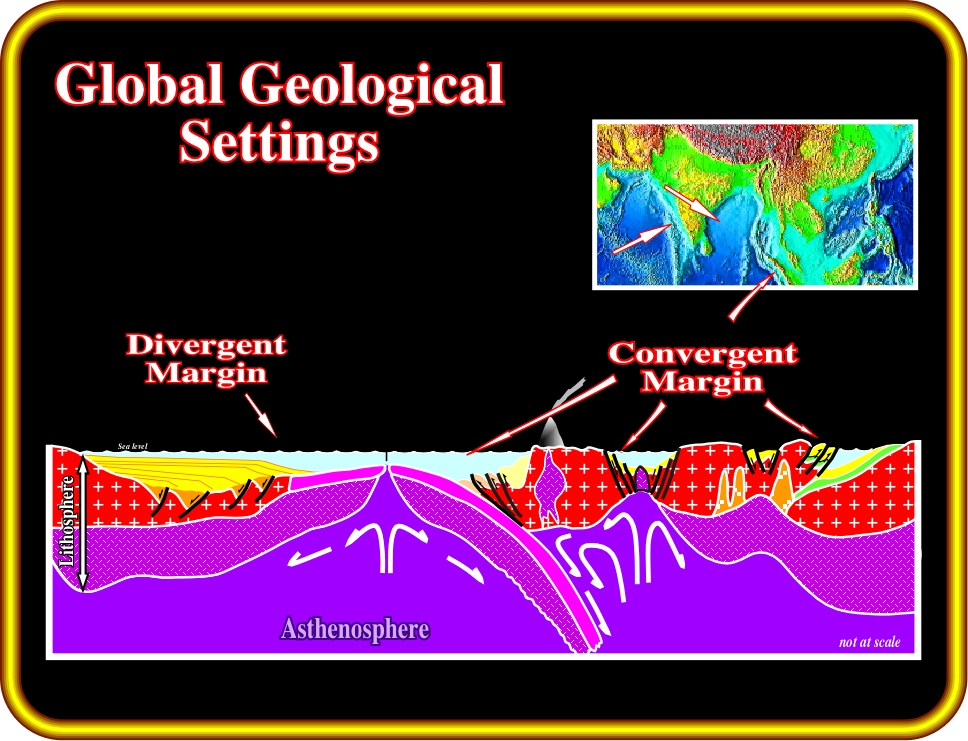
Plate 6- With some more detail, on our area, as indicated above: a) The Atlantic type margins are located on the divergent boundaries of the Eurasia plate and b) The back-arc and fore-arc basins are located in convergent boundaries.

Plate 7- Theoretically, as shown on the right screen, three types of sedimentary basins are superimposed in the divergent boundary: a) A substratum, which can be sedimentary or not. In fact, very often, it corresponds to an old folded belt, b) Several rift type basins and c) A divergent Atlantic margin. With exception of the substratum, which may provide an hydrocarbon potential, this succession of basin implies important consequences regarding the generating petroleum sub-system, that means the potential source rocks.
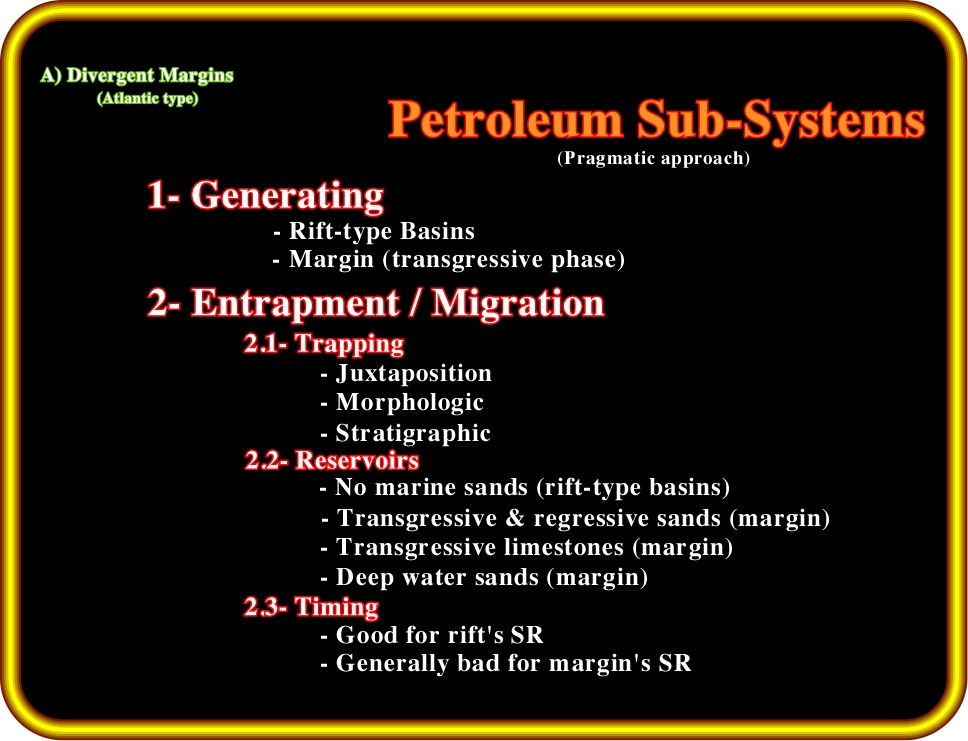
Plate 8- The generating petroleum sub-system: (i) Is generally located in the rift type basins, (ii) But can exist locally in the transgressive organic shales of the divergent margin. Although, such potential source rock might not reach the maturation window due to insufficient burial and (iii) Exceptions may occur when thick deltaic systems provide such burial. The more frequent traps are: a) Morphological by juxtaposition, associated with tilted blocks, b) Morphological associated with submarine slope or basin fans, and c) Stratigraphic traps. The potential reservoir are generally associated with: 1- Non marine sands of the rift type basins, 2- Transgressive or regressive marine sands, 3- Transgressive margin limestones and 4- Deep water turbiditic sands. The migration timing of hydrocarbons is: a) Possibly good for rift basin source rocks, and b) Generally bad for divergent margin potential source rocks.
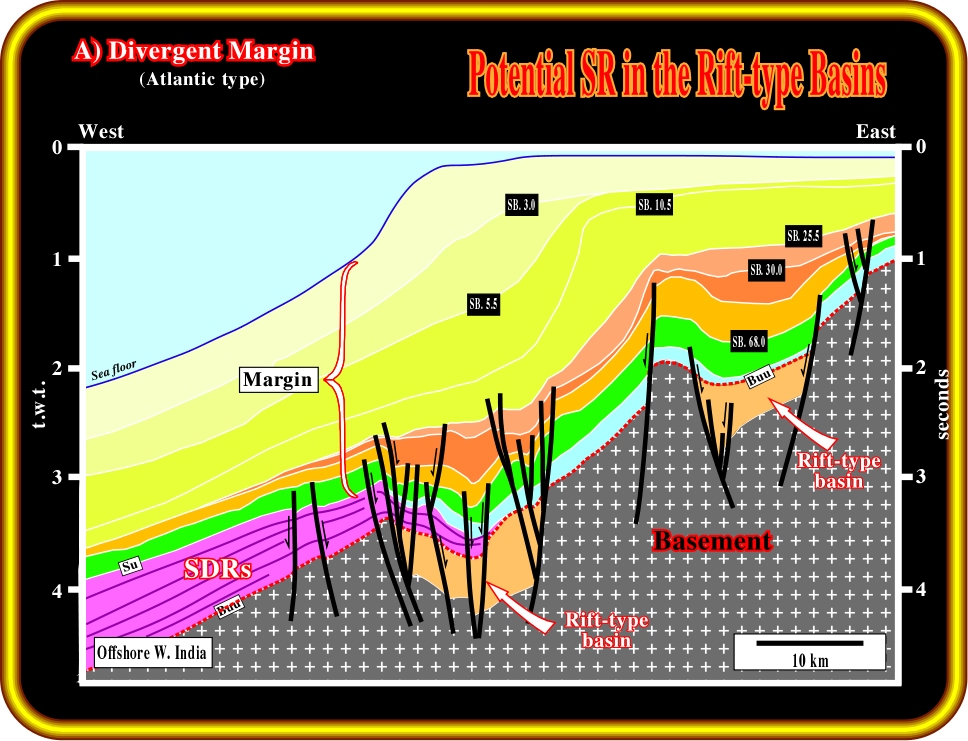
Plate 9- Here is an interpretation of a seismic line located in the southern part of the western offshore of India. The seismic line characterizes an area composed by a typical Atlantic-type divergent margin. Therefore, it was be tentatively interpreted according to the previous a priori geological hypothesis. Overlying the substratum, which has no hydrocarbon generating potential, it is possible to recognize: (i) Two rift-type basins resulting of the stretching of the lithosphere before the breakup, (ii) After the deposition of those rift-basins, sub-aerial volcanic flows (SDRs) were deposited, marking the breakup of the lithosphere and the onset of sea floor spreading, (iii) At the base of the SDRs, the break unconformity, BUU, (iv) The divergent margin is deposited above the SDRs and the rift type basins, and formed of two units. At the base, the backstepping transgressive sedimentary phase thickening landward, which is overlained by a the forestepping regressive sedimentary phase. The more likely mature source rocks were deposited in the rift type basins. Potential source rocks, deposited on the divergent margin, particularly in the transgressive phase are probably insufficiently buried. Reservoirs are likely to be transgressive sandstones or backstepping carbonates associated with the transgressive phase. The petrophysical characteristics of rift type basins reservoirs are generally bad. Traps are mainly morphological by juxtaposition. Chances to find large four-way closures are relatively weak.
to continue press
next
Send E-mail to carloscramez@gmail.com with questions or comments about this conference.
Copyright © 2000 CCramez
Last modification:
August, 2014